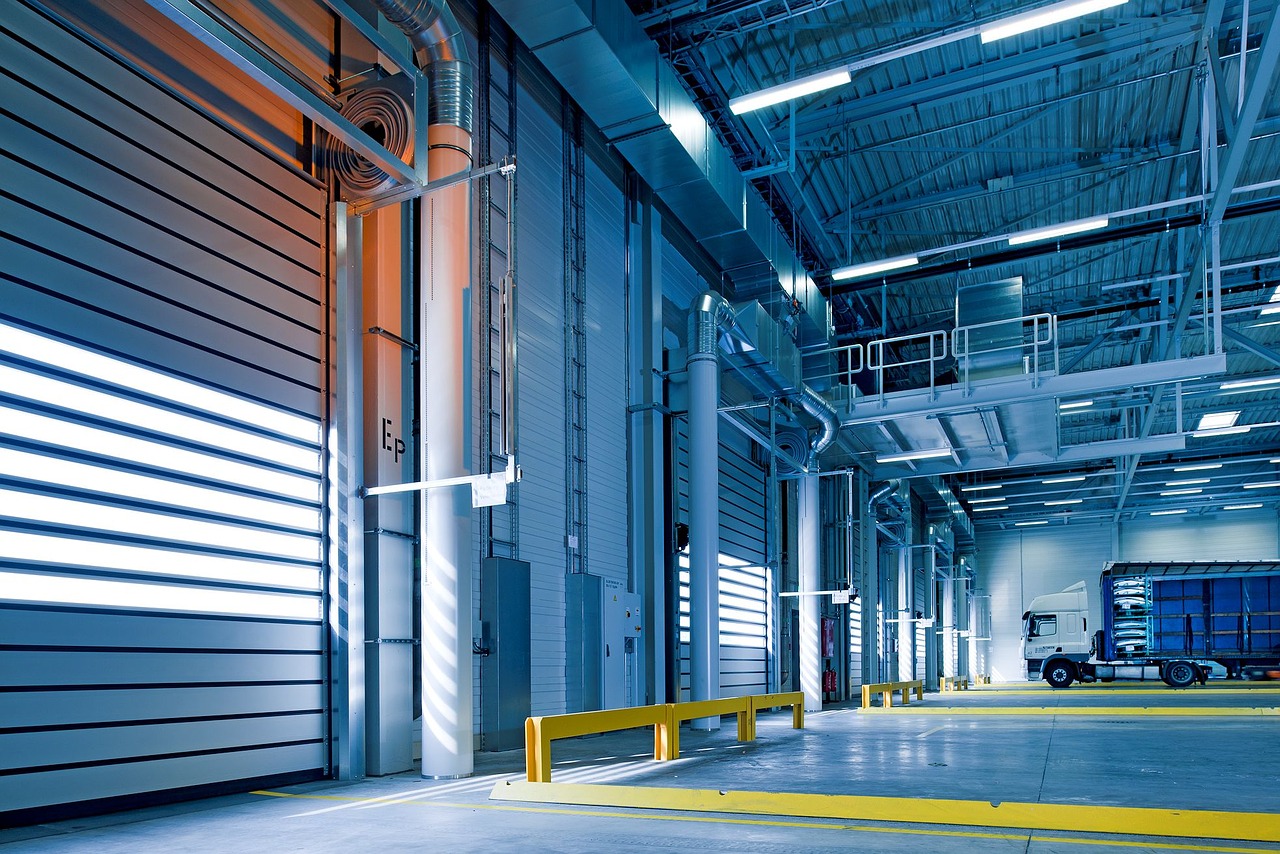H
igh-speed doors have many industrial applications. To keep them in good working order, it is important to monitor and maintain these types of doors. Predictive maintenance can help companies predict the failure of high-speed doors, which means they can take action to keep the doors working well.
High-Speed Doors in Industry
A wide range of industries use high-speed doors, including the food processing, pharmaceutical and mining industries. High-speed doors are also used in warehouses and loading bays. High-speed doors can improve production efficiency and speed up processing, as well as ensuring hygiene and maintaining the cold chain. Between 2012 and 2016, the production of high-speed doors increased from 136,547 to 177,862, which represents a compounded annual growth rate (CAGR) of 6.46 percent.
Maintaining High-Speed Doors
In order to maintain safety, security and convenience in an industrial facility, it is essential to keep all sets of high-speed doors in good working order. Predictive maintenance allows companies to direct their maintenance efforts where they are most needed, ahead of failure.
What Is Predictive Maintenance?
Predictive maintenance allows companies using new technologies to monitor high-speed doors and use the data they gather to predict when these doors are likely to fail. This prediction is based on many factors, including the expected lifespan and measured condition of the high-speed doors. For example, businesses may use programmable logic controllers (or PLC) to count the number of times a high-speed door is opened and closed or smart motors to measure torque variations during the operation or to count the number of obstacles. This information, transferred regularly to the maintenance operating center for analysis, can help the business decide when to maintain or replace the doors.
Benefits of Predictive Maintenance
Predictive maintenance requires some initial investment. It is a more complex system to establish than simply maintaining doors according to the preventive maintenance schedule recommended by the manufacturer. However, over the long term, predictive maintenance can save businesses both time and money. By analyzing physical parameters against known engineering limits, companies that take a predictive approach to maintenance can deliver maintenance when it is required, reducing the amount of time spent maintaining high-speed doors that are still in good working order while also decreasing the likelihood of a total failure.



